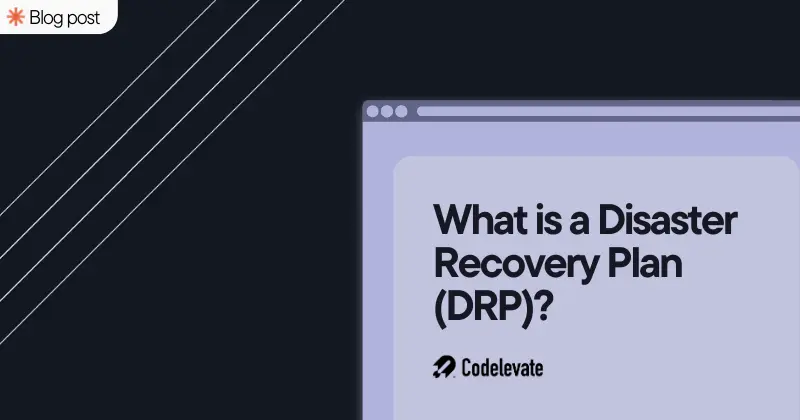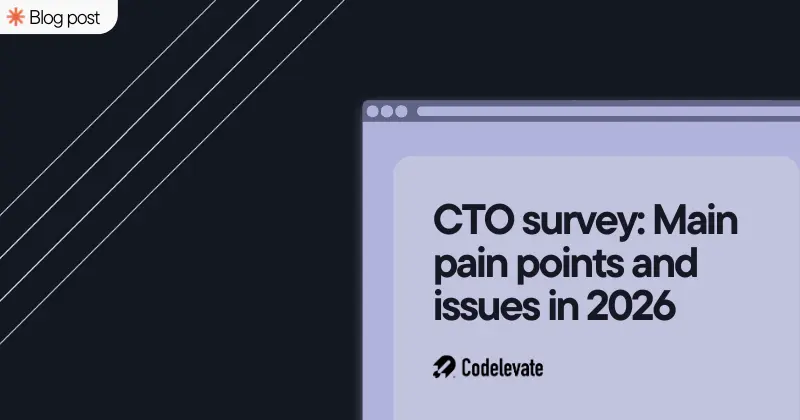What is No Code? - A Beginner Guide 2024
Picture this: a world where creating websites, apps, and cool stuff for the internet isn't a secret language only tech wizards understand. Enter the era of no-code development, our ticket to making things online without drowning in confusing code. And guess what? It's not just a trend; it's a game-changer, especially in times when our usual ways of working got a shake-up from the whole COVID-19 chaos.
What's No-Code?
Okay, let's break it down. No-code is like a superhero power that lets you build things online without doing the brain-bending code dance. It's for anyone – yes, even your grandma – to bring their internet dreams to life. Whether it's an app, a business idea, or just a cool online hangout spot, no-code is the key.
No-code is like saying, "Hey, technology isn't just for the tech geeks; it's for all of us!" Back in the day, if you had an app idea but zero coding skills or a money tree, well, tough luck. But now, thanks to easy-to-use platforms and apps, even regular folks can turn their ideas into reality.
No-code, simply put, is the magic wand for crafting software without the need for coding expertise. Imagine a world where anyone, regardless of technical prowess, can bring their online visions to life. Whether it's an app, an online business, a game, or a community hub – no-code makes it possible.
The no-code movement champions accessibility, advocating for a world where technology isn't confined to tech gurus. In the not-so-distant past, building an app required deep pockets or programming skills. But today, thanks to user-friendly platforms, tools, and apps, even the average Joe can turn their ideas into reality.
Why the Rise of the No-Code Movement?
Now, here's the exciting part. The no-code movement is like a rebel uprising against the pressure on organizations to speed up their digital makeovers. With IT teams drowning in backlogs, business users are taking charge. They're using no-code tools to automate tasks, streamline workflows, and build simple apps. No more waiting 3-6 months for IT to deliver; business users are getting things done, and IT can focus on the big stuff.
Small businesses and startups are also jumping on the no-code revolution. No-code helps them tackle the challenges of traditional software development, like the hefty cost of developer talent and infrastructure.
Pros and Cons of No-Code tools
No-code is like a friendly extension of traditional coding, making computer manipulation accessible to the masses. At its core, computer programming speaks binary, the language of "0s and 1s." However, no-code simplifies this process, allowing anyone to design software using visual interfaces and simple if-this-then-that statements. Here are the pros and cons of using no-code tools for your business:
The Benefits of No-Code tools
- Ready up to 10x faster: Traditional development can be a marathon, taking months or even years. With no-code, skip the hurdles and launch up to 10 times faster.
- Future-proof: No-code software is easily customizable, adapting swiftly to changes in your company, market, or customer preferences. This agility sets you apart in modern business.
- Lower costs: No-code is a budget-friendly alternative. Custom software often comes with a hefty price tag, including high developer salaries. No-code levels the playing field.
The disadvantages of No-code tools
Despite its perks, no-code isn't without its drawbacks. Here are the top three cons:
- Application integration: Depending on the platform, integrating data from other applications can be challenging and may require some basic programming.
- Limited control: No-code platforms don't offer the same level of control as traditional programming, limiting fine-tuning possibilities.
- Limited customization: While some customization is possible, users are confined to the features provided by the platform.

What can you build with no-code?
No-code isn't just a buzzword; it's a practical tool for crafting various online wonders:
- Corporate websites: Platforms like Webflow make building professional websites a breeze.
- Web applications: Think online shopping carts and restaurant reservation systems.
- Marketplace platforms: Create logic and authorization processes for seamless transactions.
- Simple mobile applications: Develop apps for anything from yoga classes to productivity tools.
- Business process automation: Streamline document approvals and self-service HR management systems.
Low-code vs No-code
Let's dive into the tech universe and unravel the mysteries of low-code versus no-code development. You see, low-code systems, in their modern form, have been rocking the tech scene for over a decade, but the roots of the concept go way back. If you've danced in the IT world, you've probably crossed paths with low-code, whether it's in the form of a 4th/5th generation programming language like Perl, Python, or SQL or as a spin-off of software development.
Now, buckle up because we're about to explore the nitty-gritty details that set low-code and no-code apart. It's like comparing notes between a seasoned coder and someone unleashing their creativity without diving into complex code.
The Low-Code Saga
Low-code is like the cool older sibling who's been in the game for quite some time. It's been strutting its stuff for over a decade, flexing its muscles in the form of high-level programming languages like Perl, Python, or SQL. If you're part of the IT squad, you've probably nodded your head at low-code's presence, knowingly or unknowingly.
Now, here's the scoop: low-code involves a bit of coding, just a hint, sprinkled into its visual playground. It's that sweet spot where you get the power of coding without drowning in lines and lines of script. So, imagine a canvas where you can drag, drop, and sprinkle a touch of code magic – that's low-code.
The No-Code Magic
Enter the newbie in town – no-code. This is where the game changes for everyone, from tech geeks to your grandma who's never written a line of code. No-code is the realm of drag-and-drop simplicity, where you're building without breaking a sweat over complex code structures.
Now, the key here is the absence of that coding touch. It's the visual interface doing all the heavy lifting. Your canvas is pure drag-and-drop delight, no coding required. It's like giving everyone a backstage pass to the tech world, no coding knowledge needed.
Conclusion
And there you have it – the unveiling of the no-code mystery! If you were wondering, "What is no-code?" we've journeyed through its essence together. So, the next time someone asks, "What is no-code?" you can confidently share that it's the bridge between imagination and creation. It's the tool that turns aspirations into reality, where the only limit is your creativity.
The big question: Should your organization embrace no-code or low-code? It all depends on your goals. For MVPs, websites, and simple apps, no-code is your ally. But for enterprise-level, scalable, secure, and future-proof apps, custom development takes the lead.
If you're unsure where to start, schedule a free call with us. We'll guide you on the best tech stack to build your startup. (No payment required)





.svg)




